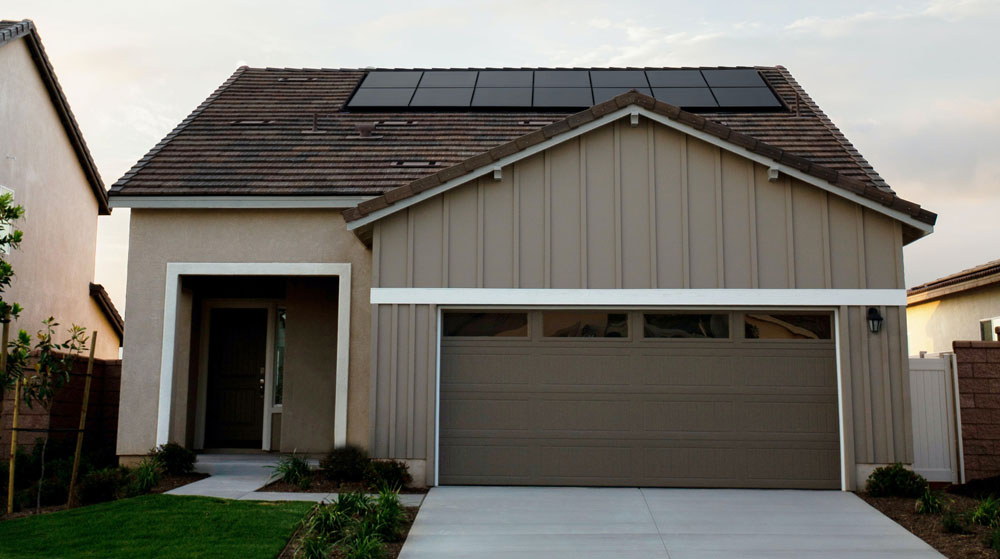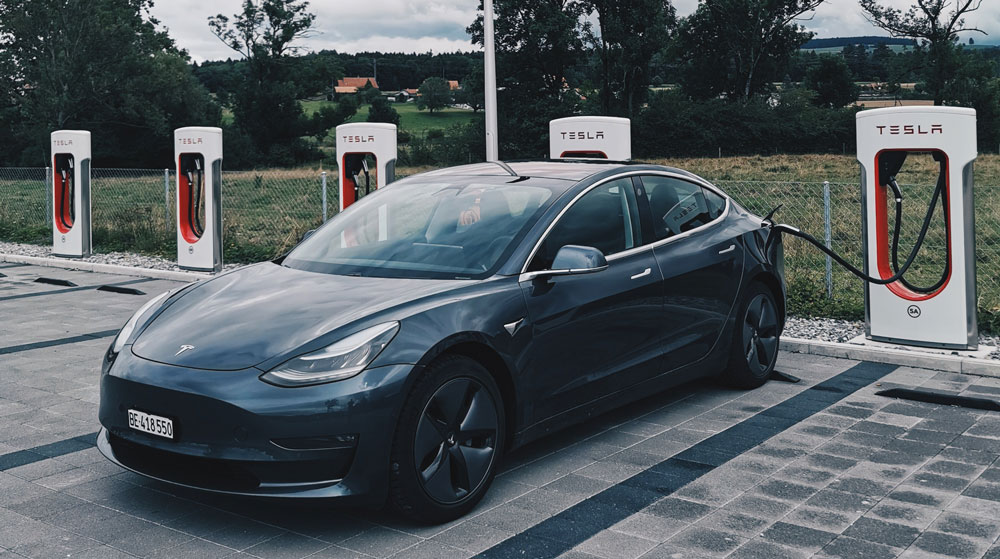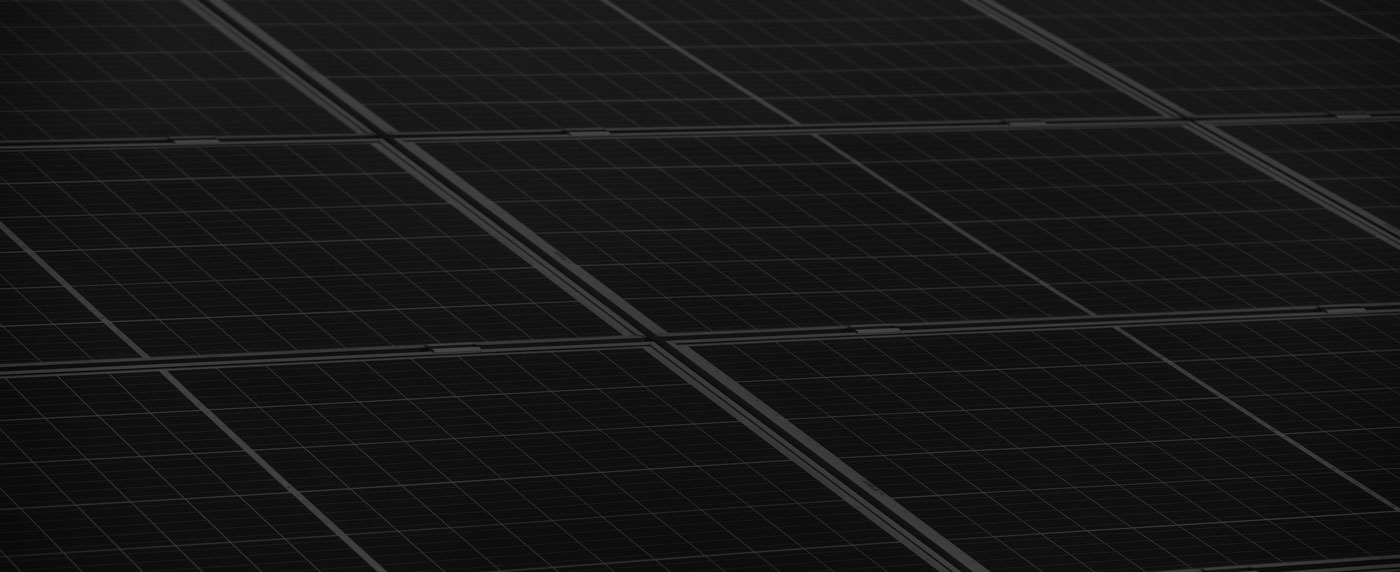In recent years there has been a sizable shift toward the use of green energy with many governments around the world mandating the increased production of renewable energy to fight climate change. Solar, wind, hydroelectric, geothermal, and tidal energy have been expanding exponentially and will continue to do so for the foreseeable future. Even though the topic has come to the forefront recently, it has been a significant part of our business for nearly four decades. During that time, we have been fortunate enough to be involved in innovative projects that have advanced green technology from R&D projects to mass production.
A solar power system is a critical component of any sustainable energy strategy. The system converts sunlight into electrical energy that can be used to power homes and businesses. The key components of a solar power system include inverters and solar panels. Inverters convert the DC current produced by solar panels into AC current that can be used by appliances and electronic devices. In any solar installation, you have two options: micro-inverters and central inverters—both of which convert direct current (DC) into alternating current (AC). Micro-inverters are installed behind each solar panel, while a central inverter is installed at the array’s power center. Our team helped develop the first solar micro-inverters using small ferrite transformers and high-frequency inductors. Micro-inverters offer more flexibility, as each panel can be individually optimized. This can result in higher energy output, as panels can be adjusted to account for shading and other factors.

Wind turbines are a vital part of the effort to generate renewable energy. By harnessing the power of the wind, they provide a clean and sustainable source of electricity. However, turbines only operate at peak efficiency when all of their components are working properly. Transformers are one of the most critical components of a turbine, as they control the flow of electricity between the turbine and the grid. In order to function properly, transformers must be able to withstand extreme weather conditions and vibrations. As a result, they are typically housed in rugged, weatherproof enclosures, and must be robust—something we are highly experienced with as our products are regularly flown to space where they need to withstand the punishment of a rocket launch then perform in an incredibly inhospitable environment.

In the automotive industry, we have designed and built high-current transformers and inductors on fuel cell applications. Fuel cell vehicles are powered by electric motors, which are themselves powered by transformers and inductors. The transformers transform the chemical energy generated by the fuel stack, electrolyzer and hydrogen into electrical energy, while the inductors convert the electrical energy into mechanical energy.
Much like the fuel cell vehicles, the transformers in battery electric vehicles are also critical as they are responsible for converting the high-voltage direct current (DC) from the battery into the low-voltage alternating current (AC) that is used to power the electric motor. The DC voltage from a car battery can be as high as 1000 volts, whereas the AC voltage from a transformer is typically only around 115 volts. This means that transformers must be designed to handle large amounts of power without overheating or becoming damaged. Additionally, an electric vehicle also needs to be able to charge by way of a standard AC outlet which again, needs another transformer to convert the electricity to DC so the batteries can store it. Our work on EVs is extensive with all major manufacturers as customers—a few which consider us key design partners.
On the EV changing side, a recent study showed there were over 21,000 public electric vehicle (EV) charging stations in the United States. California alone had over 8,000 stations, while Texas had just over 3,000. The majority of these stations were Level 2 chargers, which can charge an EV in 3-8 hours. There are also a growing number of Level 3 chargers, which can charge an EV in 30-60 minutes. Tesla has the largest network of fast-charging stations, with over 1,600 Superchargers across the country which are all equipped with components manufactured by Pacific Transformer.

As the world continues its push towards more green energy, one of our goals for the next decade is to continue to lead the charge by assisting companies in pioneering innovative renewable solutions and supplying them with reliable world-class components that we have become well-known for.


